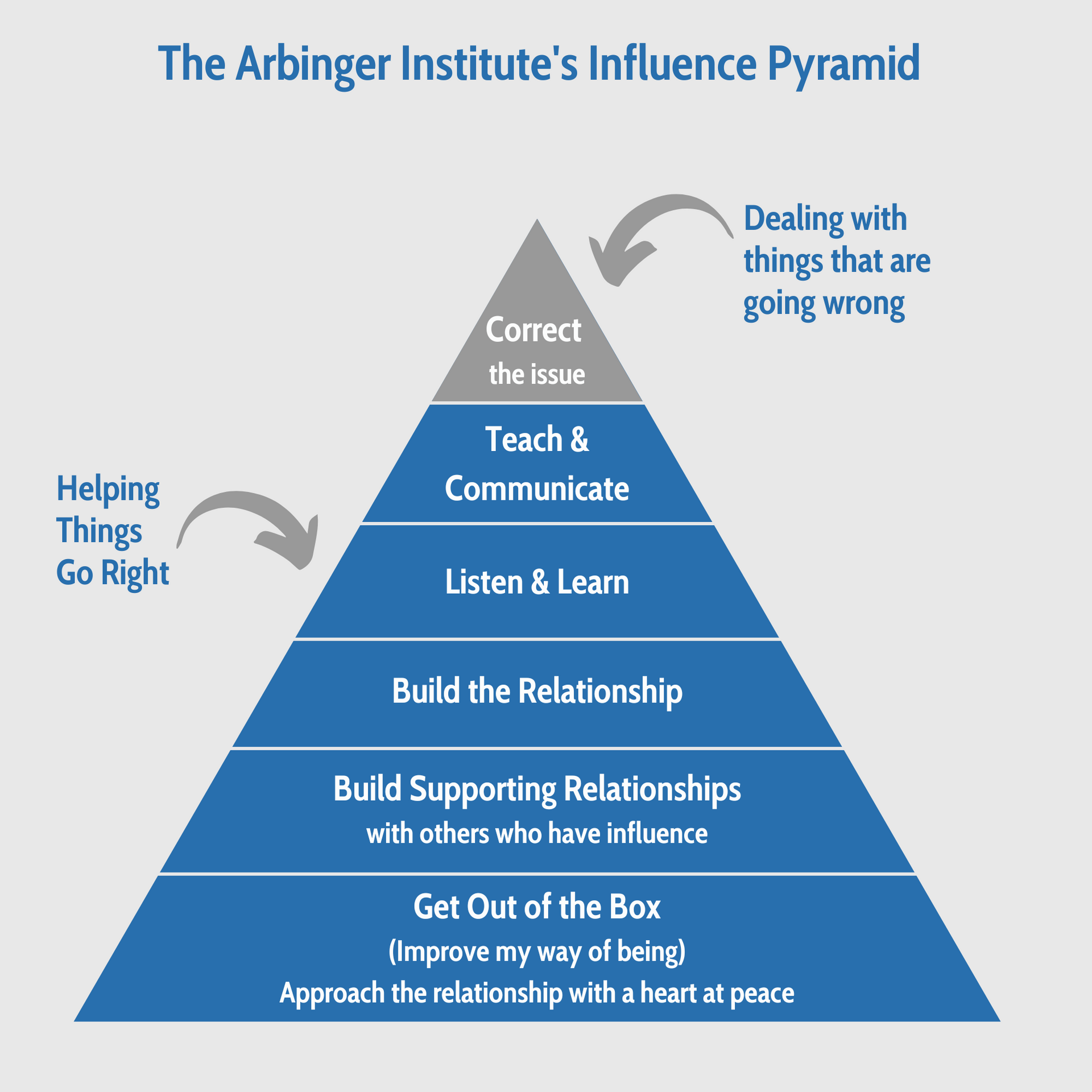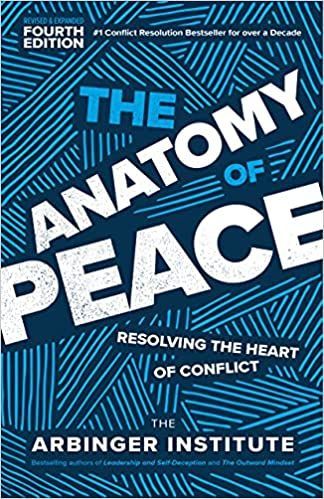The Anatomy of Peace: Resolving The Heart of Conflict
Consider this impossible situation Lou finds himself in...
Lou, 16, eager to show off his father’s brand new car to his friends, briefly left the shiny sedan to idle in the driveway as he ducked inside to grab his wallet. Returning to find the car missing, he for only a moment saw the shiny hood disappear into lake below the house. Realizing he forgot to set the parking break, he panicked to work through how to tell his Father.
How afraid would you be? How would your own father have reacted? Were you Lou’s parent, how would you react? Now consider his Father’s response...
After 30 minutes of hand wrenching, Lou with a broken voice and broken spirit came clean to his father. His father looked up from his newspaper and said:
“Well, I guess you’ll have to take the truck, then.”
Would you have been able to remain so calm? Could you, with only 10 words, have mended your child’s heart?
“The Anatomy of Peace: Resolving the Heart of Conflict” by the Arbinger Institute tells us we can. It tells us we all have that ability inside us. It gives us knowledge and tools that we can use to find that ability.
Here are three insights that might jumpstart your journey and encourage you to read the full book:
People are People. Not Objects.
Lou’s father saw standing in front of him a trembling child who needed support. In that moment he had two choices on how to react:
- Do I support this person? Do I see their needs and feeling as being as real to me as my own? Or,
- Do I treat them as an object of my anger and blame them? Do I see them as an obstacle or an issue?
This choice he made is described as the Way of Being first articulated on page 32. This choice is the foundation of the entire book. For all the other tools to work you must choose to see each other as people. You must have a Heart at Peace.
Helping Things Go Right is 90%
It's easy to focus on what goes wrong. It’s right in front of us: The troublesome employee constantly interrupts team meetings with their own option. The mouthy teenager breaks their curfew slinking home at 1 am.
How justified would you feel doubling down on grounding your child or reprimanding your employee? “The Anatomy of Peace” offers a different perspective. One that says if you want your employee to stop interrupting or you want your child to get home on time it is not by dealing with their bad behavior but instead investing in their good behavior.
Only 10% of your time should be spent on dealing with things that are going wrong. Instead, focus 90% of your time helping things go right. The details are found in the Influence Pyramid, first introduced on page 16 and depicted here:

The Influence Pyramid helps us to build our practice of thinking of people as people and suggests:
- Spending most of your time and effort focused at the lower levels of the pyramid.
- When you experience a problem that you can’t solve at one level of the pyramid, you can find the solution below that level of the pyramid.
- Your effectiveness at each level of the pyramid depends on the foundational level of the pyramid - your way of being and ability to see others as people.
Collusion Keeps You in The Box
In reality, it's quite easy to see others as a wrongdoer or lazy. And it’s easy to nitpick at others when things are going wrong. Let’s face it, we sometimes revel in our righteousness for ‘horribilizing’ others. It sometimes feels good to feel justified.
But that feeling of being justified is just us colluding with ourselves. It allows us to view ourselves as better than others and as a victim (of other people's actions). This collusion “condemns [us] to live in a disdained, resented world.”
To break out of it we have come back to the foundation of the book which is to see each other as people, or as its called in the book “get out of the box”. Fortunately, “The Anatomy of Peace” offers many tools and additional perspectives to help us do just that.
Putting It All Together
This book reads like a light fable but packs in dense material. Practicing the tools in it will take a lifetime to master but are simple to start:
- Think of people as people (not objects).
- Use the Influence Pyramid to focus on helping things go right.
- Build awareness of when you're colluding with yourself in being justified and get out of the box.







